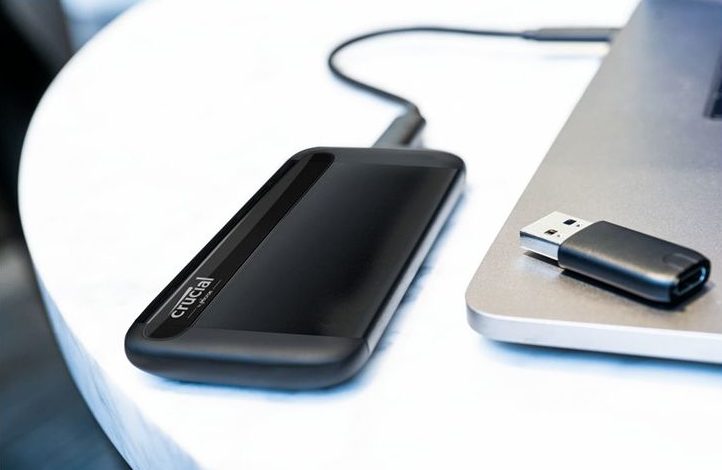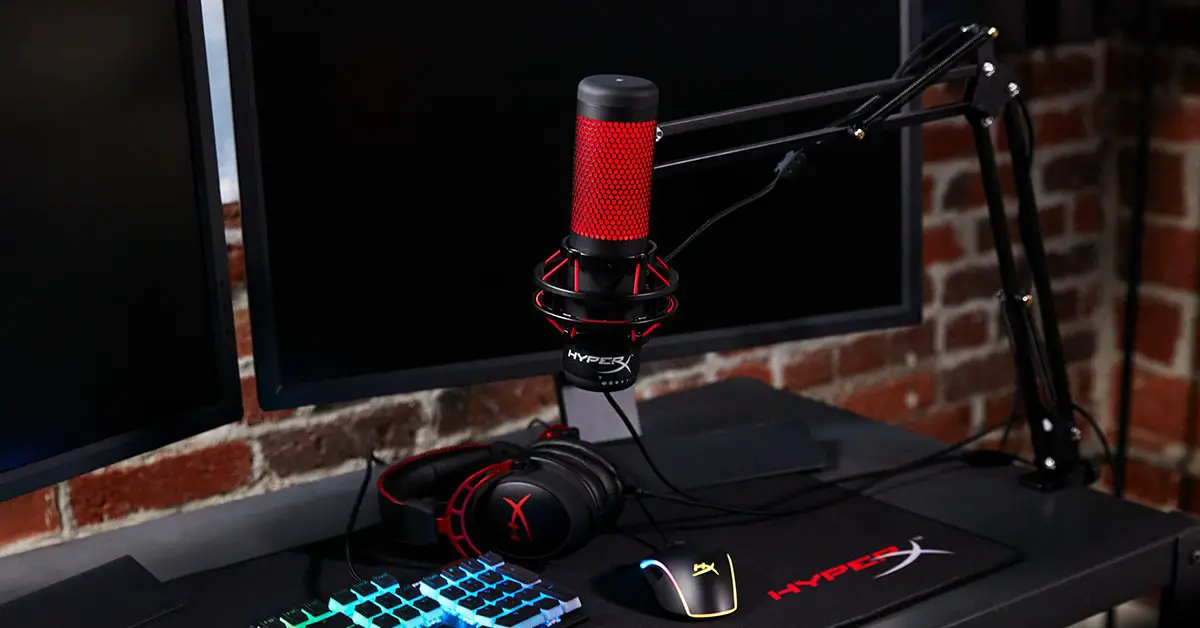Final Score: 92%
We must admit that when first heard about million freakin’ IOPS NVMe SSDs were coming we were gobbed smacked. Quite literally every second of this drive’s output is bigger than the combined output of the European Union and United Nations bureaucracy… and unless you are rich they only accept read not write requests. All joking aside, not that long ago the fastest enterprise grade PCIe based Solid State Drives couldn’t hit the magic 1 Million mark… and they were not what you would call ‘budget friendly’ models. Yet here we are. A million IOPS on tap for anyone who can afford spending just a couple hundred dollar on a drive. That is indeed impressive.
Of course, when the wow factor wore off, we did have to wonder if this improvement from one generation to the next was going to be enough to be noticeably faster. Noticeably better enough to justify buying one. For us and other enthusiasts the obvious answer is ‘of course it is!’ as enthusiasts push their systems hard. Constantly. Enough that the time savings will quickly recoup the purchase price. The average joe or jane six-pack… not so much on the whole ‘time is money’ argument being valid. Even PC gaming enthusiasts probably do not stress their storage subsystems enough to notice a big difference between 750K and 1M range IOPS drives. As such we did have to wonder if this second gen of PCIe 4.0 NVMe drives were going to be exciting for the majority of people.
After testing and generally enjoying the hell out of playing with the Seagate FireCuda 530 2TB we can say that yes, most people will notice a performance boost. Maybe not every time they use their system but there is a minor to moderately sized real-world improvement to be had from upgrading to the FireCuda 530. Ironically, mainstream buyers either rocking low-end ‘laptops’ or content creators / “streamers” will probably notice the most difference… as this drive may not be laptop RAM fast, but it is getting there. With it you can churn through 4K recordings like butter, or conversely hammer your OS’ “Virtual Memory” without really noticing any slowdowns. Now, is it a big enough improvement to rush out and replace your year’ish old FireCuda 520 NVMe drive? Maybe… maybe not. The 520 is still a very good performer and only those who really have a need for speed should think about upgrading.
Please do not get the wrong idea. The FireCuda 530 is stupefyingly fast. It is so fast it is insane to think that all that performance is coming from a single SSD the size of a stick of gum. Going forward we would never go out of our way to buy anything less than what this veritable beast of an SSD has on tap. So, yes, the difference in price is just not large enough to justify stepping down from FireCuda 530 levels of performance. Yes, the overall value of these next generation E18 and Micron 176-layer NAND is truly beyond reproach (for now). Sadly, also yes… we would not replace most of our FireCuda 520 generation SSDs with the 530… as the 520 is still a viable option with decent performance on tap. Instead, we will wait until we replace the CPU and/or motherboard before listening to the Siren Call of the FireCuda 530.
In the end the FireCuda 530 is a very good successor to the FireCuda 520 series. So good that those looking for class leading performance at a fairly reasonable asking price need not look any further. It really is only those thinking about upgrading from the last gen to this gen that will have to stop and think about the performance bump before pulling the trigger on it. No matter what your final decision may be the FireCuda 530 is an exciting and innovative addition to Seagate’s line-up, and we see them selling lot hot cakes… once new PC hardware sales get out of their clown world slump.


The Review
Seagate FireCuda 2TB
No matter what your final decision may be the FireCuda 530 is an exciting and innovative addition to Seagate’s line-up, and we see them selling lot hot cakes. So good that those looking for class leading performance at a fairly reasonable asking price need not look any further.











